What kind of metric search volume is, and why should you care? Well, imagine being able to peek into the minds of your potential customers, knowing exactly what they’re searching for and how often. That’s the power of search volume – a predictive tool that can guide your content strategy and pave the way to SEO success.
By balancing keyword popularity with competition, you can reveal hidden gems that’ll help your content shine brighter than a diamond in a coal mine. Join us as we unravel the intricacies of search volume and explore how to harness its potential to lift your digital presence and drive meaningful results.
What Is Search Volume?
Keyword search volume represents the average monthly search volume for a specific keyword or phrase, while keyword research involves analyzing this data to identify valuable keywords for content or advertising strategies. This measurement typically indicates how many times a particular term is searched for within a given month. This statistic serves as a barometer for keyword popularity, offering invaluable insights into user behavior and search trends.
By understanding search volume, marketers and content creators can gauge the potential reach and relevance of their chosen keywords, helping to inform and refine their digital strategies.
How Is Search Volume Calculated?
The calculation of keyword search volume is a process that relies heavily on clickstream data – a vast pool of information gathered from users’ search behaviors across various platforms. SEO tools and search engines employ complex algorithms to analyze this data and estimate the frequency of specific search queries.
When determining a keyword’s search volume, these calculations take into account a wide range of factors, including:
- Seasonal fluctuations in search behavior
- Geographic variations in search patterns
- Device-specific search trends (mobile vs. desktop)
- Historical search data and projections
To give you an example, let’s see how Mangools considers search volume in a particular location. The average monthly search volume is taken as a basis. Such a time period is more convenient to see the seasonality of the keywords. While shorter time intervals may indicate recent trendiness.
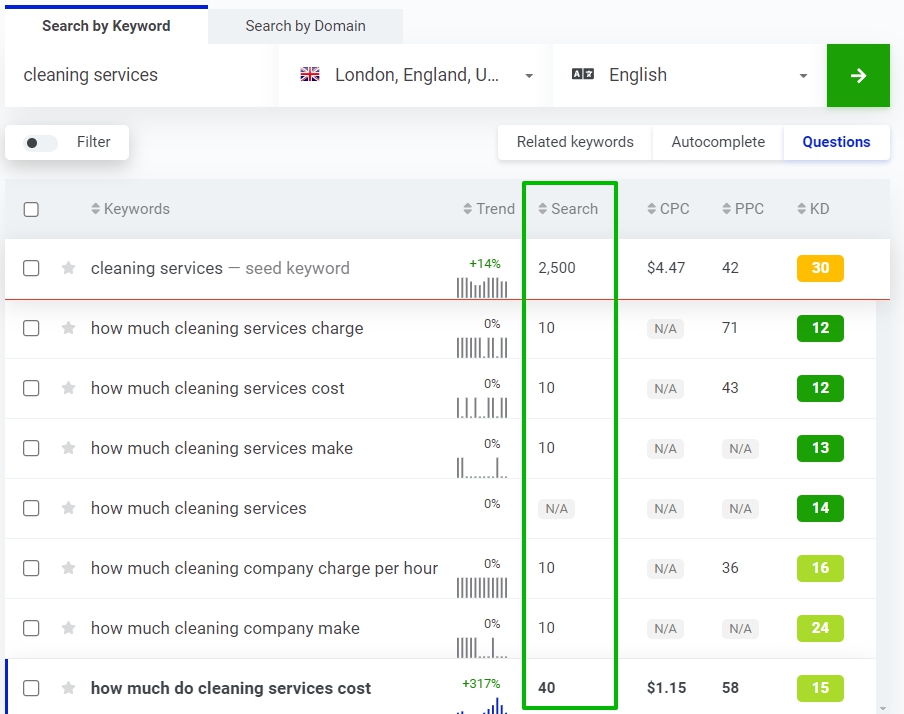
It’s important to note that keyword search volume calculations differ between seed keywords (popular, shorter keywords) and long-tail keywords (more specific, longer phrases). While seed keywords often boast higher search volumes, long-tail keywords, despite lower individual volumes, can collectively drive significant traffic due to their specificity and lower competition.
Understanding these nuances in keyword search volume calculation allows SEO professionals to craft more nuanced strategies, balancing high-volume target keywords with niche-specific phrases to maximize visibility and relevance across various search scenarios.
These nuances in search volume calculation allows SEO’s to craft more nuanced strategies, balancing high-volume keywords with niche-specific phrases to maximize visibility and relevance across various search scenarios.
Why Search Volume Is Important for Content Success
Understanding search volume is like having a roadmap to your audience’s interests, making it a key element for content success across various digital marketing channels. Here’s why:
Informed Content Creation: By knowing what people are searching for and how often, you can tailor your content to meet real user needs. This alignment between your content and relevant keywords increases the likelihood of attracting and engaging your target audience.SEO Strategy Refinement: Search volume data helps prioritize which keywords to target in your SEO efforts. It allows you to strike a balance between high-volume terms that could drive significant traffic and lower-volume niche terms where you might face less competition.
PPC Campaign Optimization: For pay-per-click marketing, understanding search volume helps estimate potential ad reach and can inform bidding strategies. It’s pivotal for forecasting campaign performance and budgeting effectively.
Traffic Generation Potential: Higher search volumes generally indicate greater potential for organic traffic. However, it’s important to consider this alongside competition levels to find the sweet spot for your content strategy.
Business Model Alignment: Search volume data can reveal market trends and consumer interests, helping you align your products, services, and overall business model with actual market demand.
Long-term Planning: By tracking search volume trends over time, you can anticipate seasonal fluctuations or emerging topics in your industry, allowing you to plan your content calendar strategically.
While search volume is an important metric, it should be considered alongside other factors like relevance, competition, and conversion potential to create a truly effective content strategy. It’s not just about chasing numbers, but about finding the right keywords that resonate with your audience and business goals.
What Is a Good Search Volume for a Keyword?
When it comes to determining what constitutes a “good” search volume for a keyword, the answer isn’t as straightforward as you might think. It’s not simply a matter of “the higher, the better.” Instead, a good search volume is one that strikes the perfect balance between opportunity and achievability for your specific situation. Here are the key factors to consider:
Keyword Competitiveness: A keyword with a monthly search volume of 10,000 might seem attractive, but if it’s highly competitive, ranking for it could be an uphill battle. Sometimes, a keyword with a lower search volume but less competition can yield better results.
Search Intent: The value of search volume varies depending on the type of search intent:
- Informational: Higher volumes can be good for building brand awareness.
- Navigational: These often have lower volumes but high conversion rates for the specific brand.
- Commercial: Moderate to high volumes can indicate strong market interest.
- Transactional: Even low search volume can be promising due to high conversion potential.
Business Value: A niche keyword with low search volume might be more enlightening if it’s highly relevant to your business and likely to convert.
Cost Considerations: For PPC campaigns, higher search volumes often correlate with higher costs per click. A “good” volume here depends on your budget and potential ROI.
Your Site’s Authority: If you’re just starting out, targeting keywords with moderate search volumes might be more realistic than going after high-volume, competitive terms.
Geographic Considerations: A search volume of 1,000 might be excellent for a local business, but less impressive for a global brand.
In essence, a good search volume is one that aligns with your goals, resources, and competitive landscape. It’s about finding that sweet spot where the volume is high enough to be worth your effort, but not so high that the competition is insurmountable.
We have more detailed information about search intent in this article.
Search Volume vs Search Difficulty
While search volume tells you how often a keyword is searched, search difficulty (or keyword difficulty) indicates how challenging it would be to rank for that keyword. These two metrics are like the yin and yang of keyword research.
Search difficulty takes into account factors such as:
- The authority of websites currently ranking for the keyword
- The quality and relevance of content already ranking
- The presence of SERP features like featured snippets or local packs
Balancing search volume and difficulty is key:
- High volume, low difficulty: These are golden opportunities, but rare.
- High volume, high difficulty: Proceed with caution; these require significant resources.
- Low volume, low difficulty: Can be quick wins, especially for niche topics.
- Low volume, high difficulty: Generally best avoided unless highly relevant to your business.
To calculate keyword difficulty, SEO professionals often turn to specialized tools. While there are many options available, two popular choices are:
- Ahrefs: Offers a Keyword Difficulty score based on the backlink profiles of top-ranking pages.
- Mangools: Provides a user-friendly KWFinder tool with a 0-100 difficulty score.
However, the question of keyword difficulty and how the tools correctly identify keyword difficulty is still quite debatable in the SEO community.
It is important to use additional tools in conjunction with your own analysis and understanding of your specific market and capabilities. The goal is to find keywords that offer an ideal combination of search volume and ranking potential for your unique situation.
How to Find Keyword Search Volumes
Here’s a guide on how to detect accurate keyword search volume:
Start with Keyword Search Volume Checker:
- When you already have keywords consisting of seed keywords and complementary long-tail keywords, simply upload them to the tool.
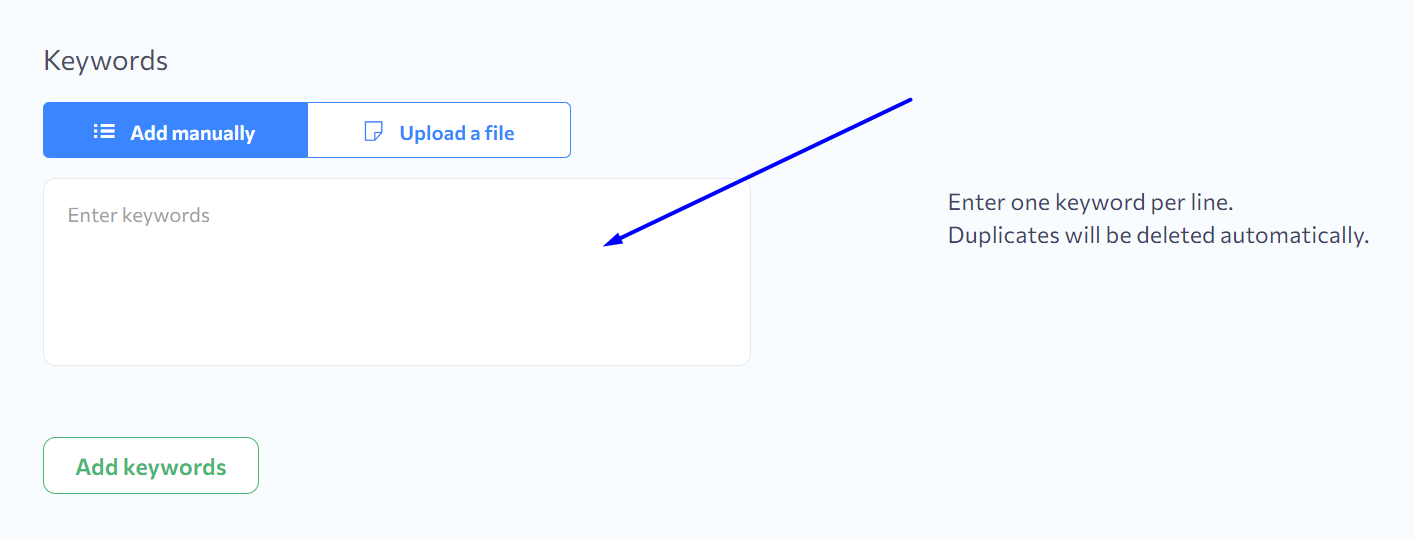
- Consider both global and local search volumes, especially if you’re targeting specific geographic areas. Our tool allows you to filter results by location, helping you tailor your strategy to your target market.
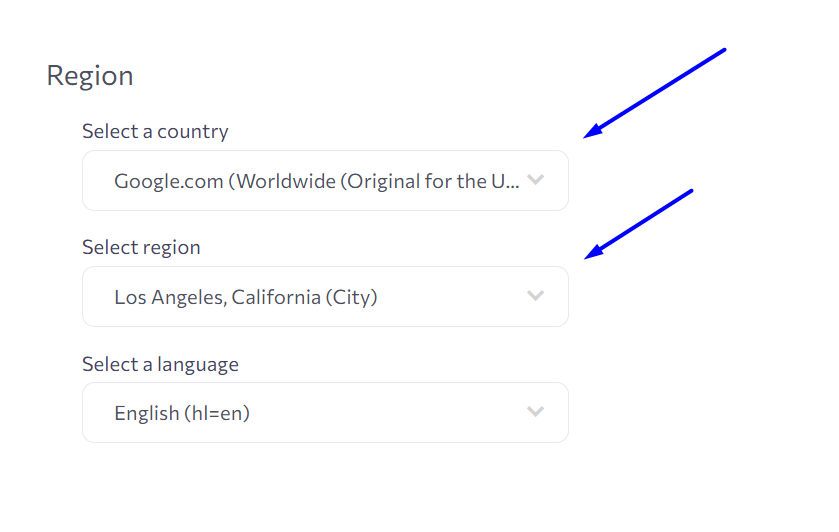
- When you analyze search volumes, look beyond just the numbers. Look at the intent behind the searches, the competition for those keywords, and how they align with your content and business goals.
Rush Analytics’ Keyword Search Volume Checker offers solid functionality, providing accurate search volume data alongside other metrics to inform your SEO strategy.
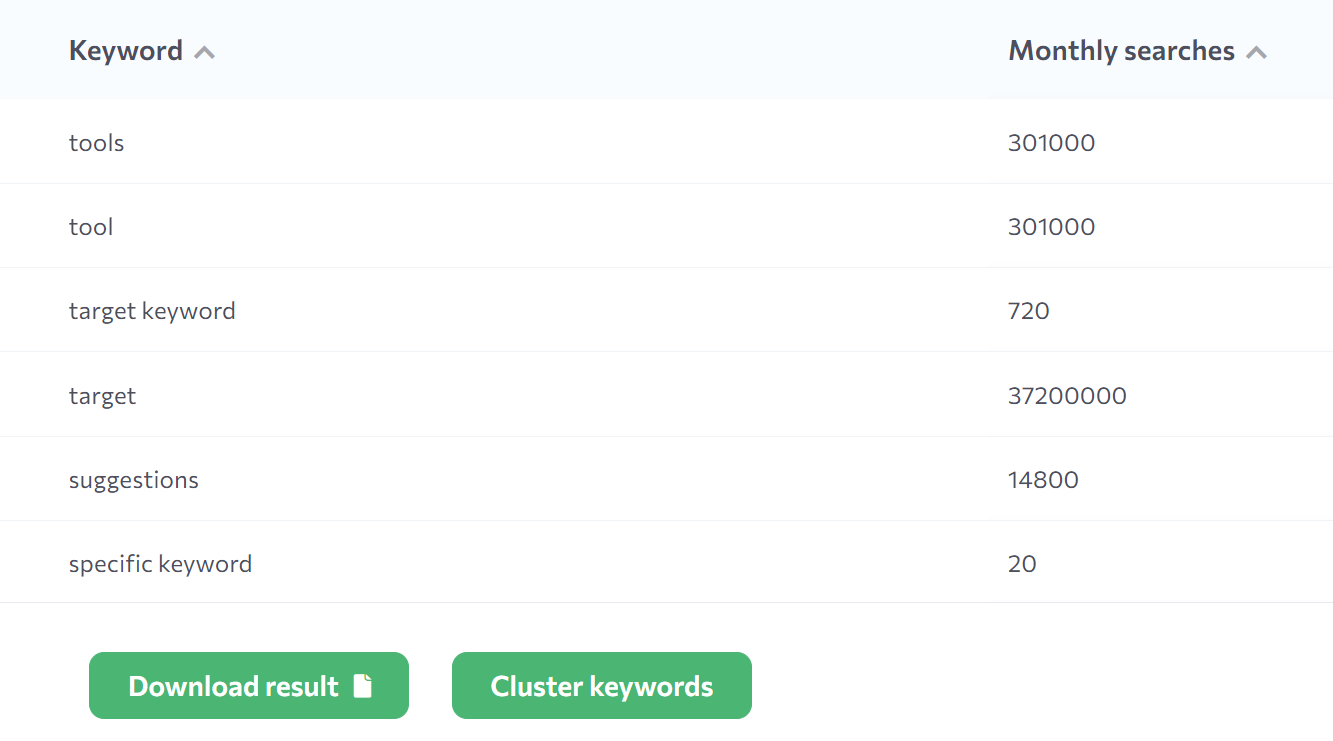
Accuracy of Search Volume Data
It’s important to note that search volume estimates can vary across different tools. This discrepancy is due to several factors:
- Different data collection methods
- Varying update frequencies
- Proprietary algorithms used by each tool

While such tools provide a collection of key findings, it’s best to use them as directional indicators rather than absolute truths. Consider using multiple tools and looking at trends over time for a more complete grasp of keyword popularity.
Local Keyword Search Volumes
Determining local keyword search volume is imperative for businesses targeting specific geographic areas:
- Use tools like the Keyword Search Volume Checker
- Set location filters to your target area
- Analyze search volumes specific to that location
Keep in mind that local search intent often differs from global intent. Focus on local keywords that indicate specific interest, such as ‘near me’ or city-specific terms, to effectively target your local market.
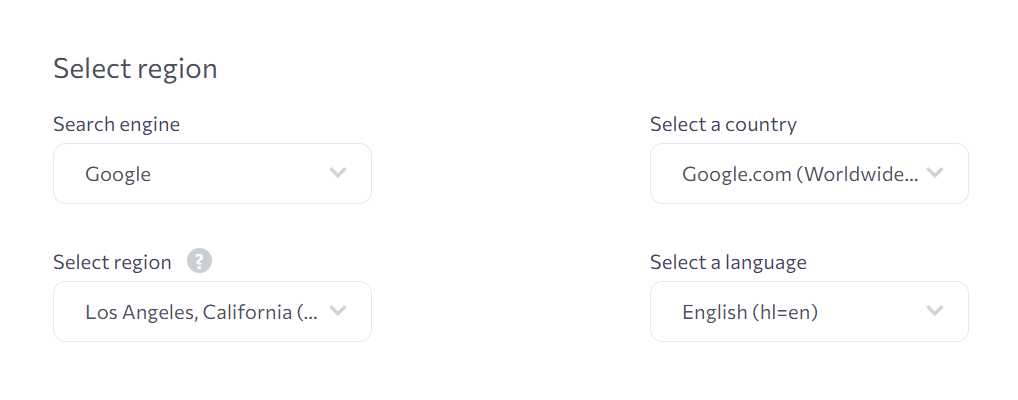
Trends and Seasonality in Search Volumes
Search volumes aren’t static; they can fluctuate based on various factors:
- Seasonal trends (e.g., “swimwear” in summer)
- Current events or news cycles
- Product launches or marketing campaigns
Use Google Trends to identify these patterns. Understanding these fluctuations can help you time your content and marketing efforts for maximum impact, aligning your strategy with periods of peak interest.
Low-Volume, High-Intent Keywords
Don’t overlook the power of low-volume, high-intent keywords:
- Often less competitive than high-volume keywords
- Can drive highly targeted traffic
- Useful for building topical authority
Long-tail keywords may have lower search volumes, but they often indicate a higher likelihood of conversion. They’re particularly important for new websites or those in competitive niches, offering a way to establish relevance and authority in specific areas.
Keyword Search Volume vs. Search Traffic
It’s extremely important to understand the difference between search volume and actual search traffic:
- Search volume indicates potential reach
- Actual traffic depends on SERP ranking and click-through rates
A high-volume keyword doesn’t guarantee high traffic if you’re not ranking well or if the SERP features (like featured snippets) are capturing clicks. Consider these factors when evaluating the potential impact of keywords on your website’s visibility and traffic.
Using Search Volume to Identify Keyword Opportunities
Leveraging search volume data is key to uncovering keyword opportunities, but it’s just one piece of the puzzle. To truly identify promising keywords:
- Analyze search volume trends over time
- Examine SERP features for target keywords
- Consider audience intent behind searches
- Evaluate the competition for each keyword
- Assess the alignment with your content strategy
By incorporating these factors into your keyword research process, you can pinpoint keywords that not only have substantial search volume but also afford a new attempt for visibility and engagement.
A lower-volume keyword with high relevance and low competition might be more important than a high-volume term where you’re unlikely to rank.
Conclusion
Search volume illuminates the path of user interest, but it’s the savvy SEO strategist who knows how to navigate this terrain effectively. While high volumes may beckon like sirens, true success lies in the nuanced interplay of search intent, competitive landscape, and your unique value proposition.
As you craft your SEO strategy, think of search volume as your compass, not your destination. Let it guide you towards opportunities, but rely on your broader SEO acumen to determine which paths to pursue. The most impactful strategies harmonize volume data with deep user understanding, content relevance, and systematic business alignment.
Stay curious, remain adaptable, and let the numbers inform, not dictate, your journey to digital prominence.
Get 7 days free trial access to all tools.
No credit card needed!

FAQs
What is a good search volume?
A “good” keyword search volume depends on your specific niche, goals, and resources. Generally, a balance between volume and competition is ideal. For some businesses, a niche keyword with 100 monthly searches might be good, while others may target terms with thousands. The key is finding keywords that align with your content strategy and have a realistic chance of ranking.
Is higher search volume better?
Not always. While high search volume indicates greater potential traffic, they often come with increased competition. Sometimes, targeting multiple lower-volume keywords can be more effective, especially for newer or niche websites. The most successful approach balances search volume with other factors like relevance, competition, and conversion potential to maximize your SEO efforts.
How do you calculate search volume?
Search volume isn’t typically calculated manually but is provided by SEO tools using complex algorithms. These tools analyze vast amounts of search data, considering factors like seasonal trends and geographic variations. They often use a combination of data from search engines, clickstream data, and proprietary methods to estimate average monthly search volumes for keywords across different regions and devices.

